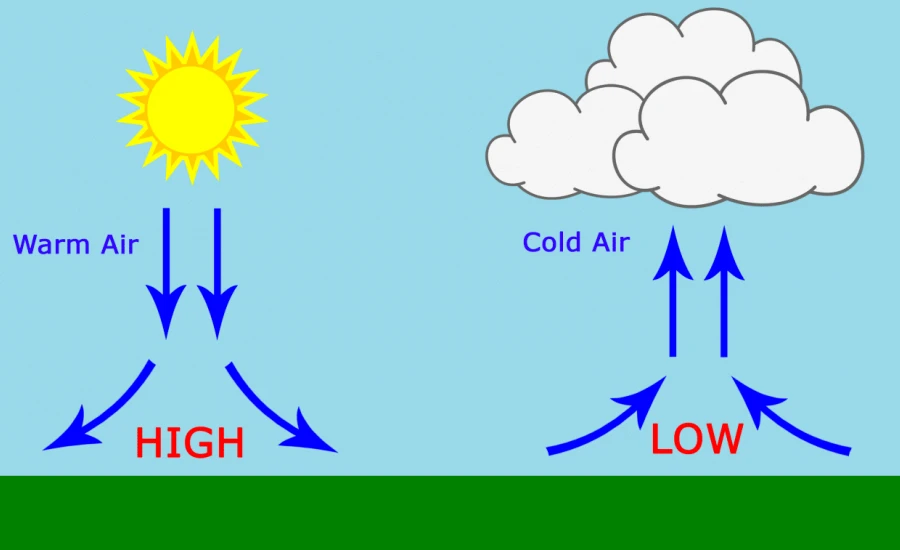
# Atmospheric Pressure Definition and Explanation
## What is Atmospheric Pressure?
Atmospheric pressure, also known as barometric pressure, is the force exerted by the weight of Earth’s atmosphere on the surface below. It is one of the fundamental measurements in meteorology and plays a crucial role in weather patterns and human physiology.
## How Atmospheric Pressure Works
The Earth’s atmosphere is composed of various gases that have mass. Gravity pulls these gas molecules toward the Earth’s surface, creating pressure. This pressure decreases with altitude because there are fewer air molecules above as you go higher in the atmosphere.
### Key Characteristics:
– Measured in units called atmospheres (atm), millibars (mb), or millimeters of mercury (mmHg)
– Standard atmospheric pressure at sea level is 1013.25 mb or 1 atm
– Decreases approximately 1 mb for every 8 meters of altitude gain
– Varies with weather conditions and temperature
## Measuring Atmospheric Pressure
Scientists use barometers to measure atmospheric pressure. There are two main types:
### Mercury Barometer
Invented by Evangelista Torricelli in 1643, this device uses a column of mercury in a glass tube. The height of the mercury column changes with atmospheric pressure.
### Aneroid Barometer
A more portable device that uses a sealed, flexible metal chamber that expands or contracts with pressure changes.
## Effects of Atmospheric Pressure
Atmospheric pressure influences many aspects of our world:
### Weather Patterns
Changes in atmospheric pressure help meteorologists predict weather:
– High pressure systems typically bring clear skies
– Low pressure systems often indicate stormy weather
### Human Health
The human body is adapted to sea-level pressure. Significant changes can cause:
– Altitude sickness at high elevations
– Decompression sickness (the bends) for divers ascending too quickly
### Aviation
Pilots must account for atmospheric pressure changes when:
– Determining altitude
– Calculating aircraft performance
– Planning flight routes
## Interesting Facts About Atmospheric Pressure
– The lowest atmospheric pressure ever recorded was 870 mb during Typhoon Tip in 1979
– The highest recorded sea-level pressure was 1084 mb in Mongolia in 2001
– Atmospheric pressure on Mars is less than 1% of Earth’s
– The human body experiences about 14.7 pounds of pressure per square inch at sea level
Understanding atmospheric pressure helps us better comprehend weather systems, prepare for altitude changes, and appreciate the delicate balance of our planet’s atmosphere.
Keyword: atmospheric pressure define